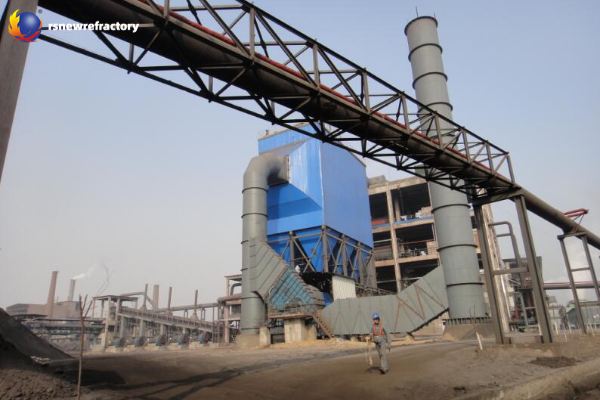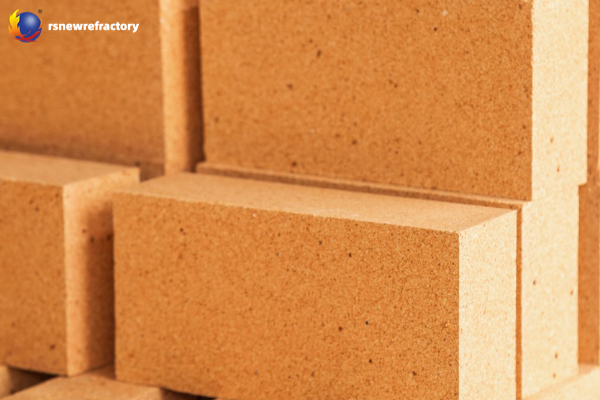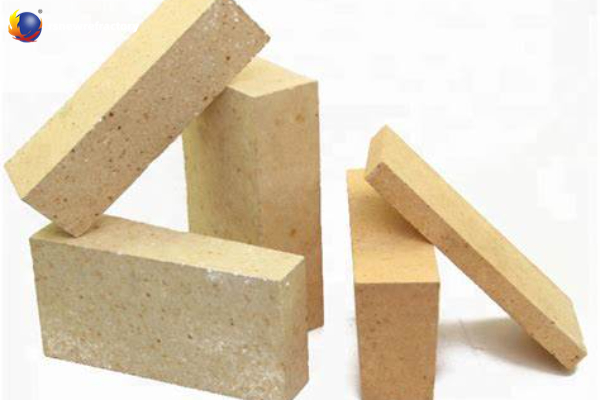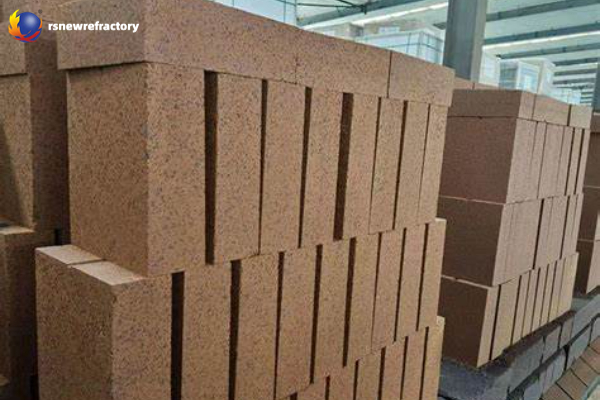垂直炉の裏地とその耐火物の紹介
ライムシャフト炉は、速度タイムを生産するために使用される高温機器です (CaO). 石灰は、石灰岩を焼くことによって得られます (カコー) 冶金で広く使用されています, 化学工業, 建材, environmental protection and other industries. Due to its continuous operation, material movement from top to bottom, and high thermal energy utilization, lime shaft furnace plays an important role in modern industry.
During the operation of the lime shaft furnace, the internal temperature can reach 900℃~1200℃, and the furnace lining is affected by high temperature, 化学侵食, mechanical wear, 等. for a long time. したがって, choosing the right refractory material is crucial to extend the life of the furnace lining and improve production efficiency.

The structure of the lime shaft furnace
The straight lime shaft furnace is divided into three zones from top to bottom: 予熱ゾーン, calcining zone and cooling zone. According to the different functions of each zone, refractory materials of different materials and properties should be selected to obtain the best economic benefits.
Selection of refractory materials for the preheating zone of vertical furnace

In the preheating zone, the furnace lining is mainly subjected to the impact and wear of limestone and the damage of high temperature caused by the upward movement of the calcining zone. The selection of refractory materials in this section mainly considers that the refractory bricks should have high bulk density and a certain load softening temperature and thermal shock stability. 一般的に, dense clay bricks with good wear resistance are selected.
Selection of refractory materials for the calcining belt

In the calcining zone, the furnace wall is mainly subjected to high temperature, wear of descending materials and scouring of ascending high-pressure airflow. したがって, the selection of this section of the furnace lining should mainly consider the refractoriness and high load softening temperature. 加えて, since this section is the main decomposition area of CaC03, the chemical erosion caused by the contact of the selected refractory bricks with lime at high temperature and the embrittlement of the structure caused by the mechanical stress and thermal cracking of the lining bricks during operation require that the lining bricks of this zone should have strong resistance to chemical erosion and structural density. したがって, neutral or alkaline dense refractory bricks are generally selected. 現在のところ, the domestic main refractory bricks are high-density clay bricks, 高アルミナレンガ, マグネシアレンガ, マグネシアクロムレンガ, and magnesia spinel bricks.

 栄勝耐火物工場
栄勝耐火物工場
微信
wechatでQRコードをスキャンしてください